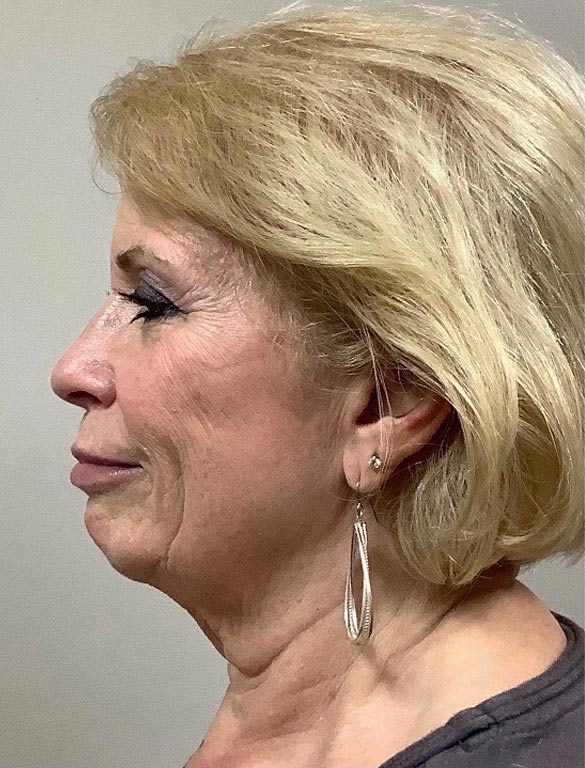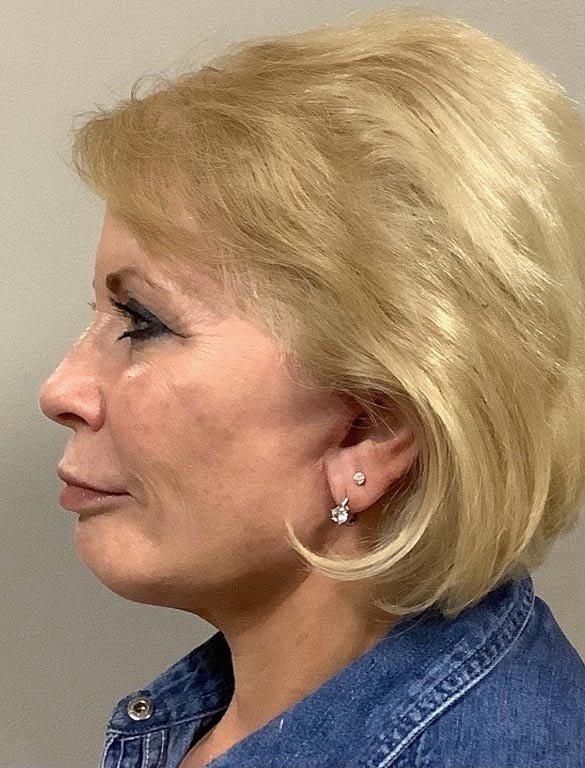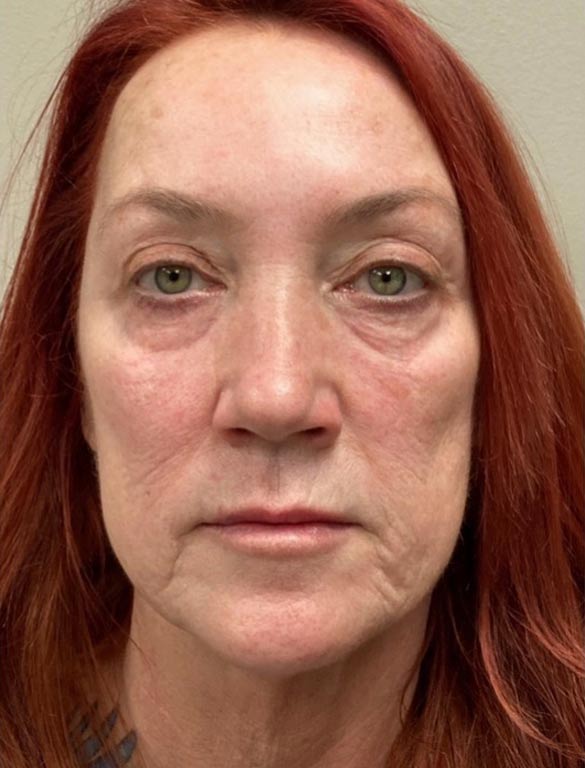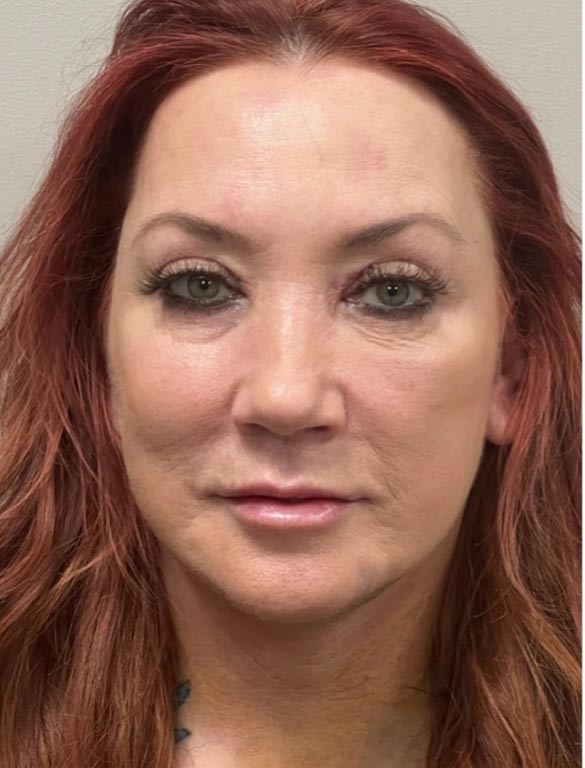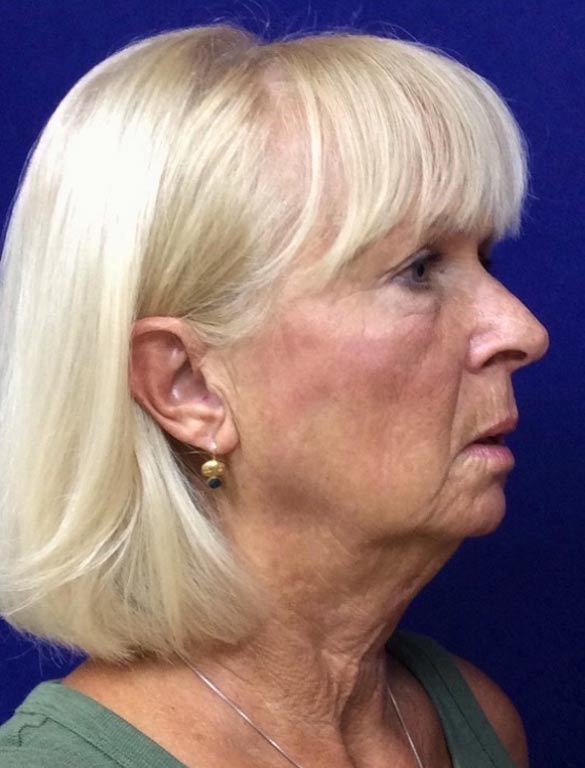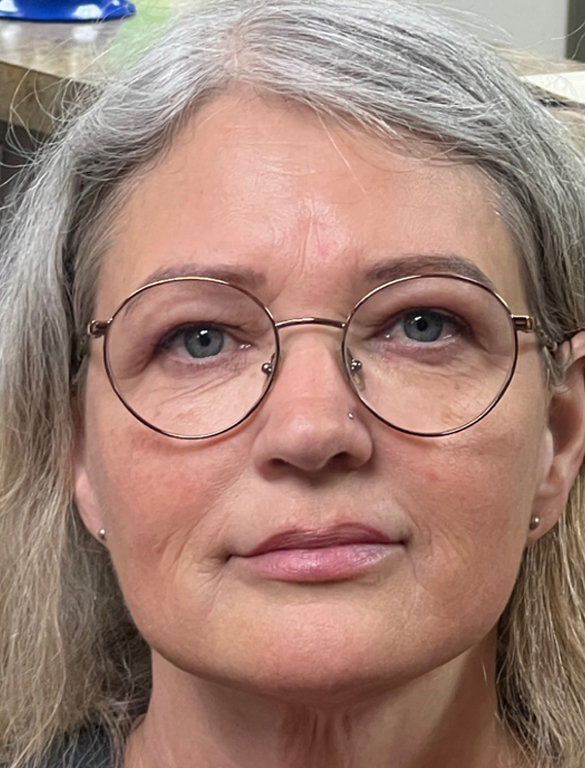A varicocele (VAR-ih-koe-seel) is a vein abnormality. It is closely related to varicose veins; however, while varicose veins happen in the leg, varicoceles happen in the scrotum. The scrotum is not just responsible for holding the testicles—the veins covering it are also responsible for the delivery of blood to the reproductive organs. When one of these veins becomes enlarged, it’s called a varicocele.
The causes of varicoceles are still under scrutiny, but the current theory is that when the valves in the veins stop working properly, it causes backup of blood which forces the veins to widen. Typically, this only happens in one testicle (usually the left). Varicoceles reported in both testicles have happened, but are quite rare.
Varicoceles are fairly common in any male at least halfway through puberty, as puberty is when they usually develop. However, they can worsen over time, meaning that older males are more likely to need treatment.
Symptoms
While a varicocele sounds painful, in actuality it rarely causes any symptoms. If the varicocele doesn’t cause any symptoms, it probably doesn’t need any treatment. However, if you experience any of the following, a varicocele may be the culprit:
- A gradual shrinking and softening of a testicle
- Discomfort in the testicular region, which may be sharp or dull
- The discomfort worsens with exertion over long periods
- The discomfort is relieved when you lie on your back
- Infertility
Please keep in mind that some problems which cause testicular discomfort require immediate attention. If you are experiencing any of these symptoms—especially if you discover a mass on your scrotum or testicles—seek a doctor as quickly as possible.
Treatment
Should you suspect a varicocele, don’t fret too much. Since varicoceles are fairly common, there are well-established procedures for identifying and treating them. A doctor will usually first do a physical exam. If the result of this is ambiguous, the doctor may call for a scrotal ultrasound to perform a more in-depth investigation. Sometimes a few imaging techniques will be necessary to ensure there are no other causes for the abnormality.
The treatment itself is usually a form of surgery. The most common one, which is also the most successful, would be open surgery, during which the surgeon approaches the vein through the groin. Thanks to recent medical advances, patients can return to normal activity within three days after this surgery, with only mild discomfort for the next week or two. Sometime patients opt for laparoscopic surgery, which requires an incision in the abdomen through which the surgeon works via a tiny instrument.
In general, varicoceles are not very dangerous, but if they are causing problems, ask your doctor about fixing them. If nothing else, ensure that the symptoms are not caused by anything more serious.

